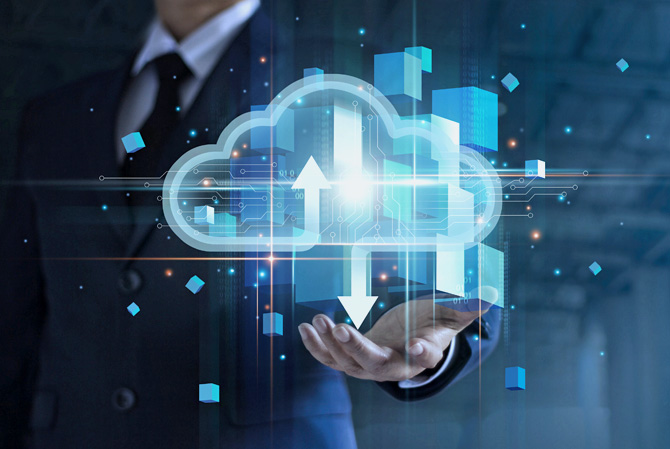Four Phases of Successful Digital Modernization
By Gary McCauley VP of Global Sales
No matter what you want to call it, the digital world is in transition. It’s an exciting opportunity for a business to have a do-over and reset. Digital Modernization for businesses is storming in, and if you are not taking advantage of the opportunities in front of you as a business, you’re going to be behind. It’s important to pay attention and plan it precisely if you are heading to a digital world, as any missteps could result in continued bad processes.
What Exactly Is “Digital Modernization”?
In its basic explanation, digital modernization is the practice of upgrading and adopting new software, platforms and technology systems to meet your needs as your business changes and grows. You can remake your entire business with digital modernization, with faster and more efficient results. It should be that you end up with the same amazing company you’ve always had, with better prospects and more efficient practices.
What you should end up with after digital modernization is a new infrastructure that enables your company to perform better and function faster than it did before. It should also ensure that you have the capacity for growth and scaling up your business, too. It’s vital that you take the time to assess what you need for your business to function in your existing systems, and this will ensure that you don’t carry over any previous mistakes to the next step of your business.
You should be able to achieve this with the recent developments in technology – which are the same developments that are driving the demand for digital modernization. There are a certain number of phases of successful digital modernization, and they are listed below.
The Four Phases of Digital Modernization.
Elimination
The very first phase of digital modernization is in elimination. The way that your new system will work should be different from the function of the old one. This is both from a technology perspective and a business activity perspective, too.
The enterprise will evolve its products, services and workflows, and the workarounds that you use to implement these may have changed, so you need to eliminate the things that make your business slow-going. Conducting a thorough evaluation of your new processes will help you to learn what can be safely eliminated, and you can duplicate your functions to prevent you from carrying the bad processes over to the new configuration.
You can apply a range of techniques to determine the business processes for the path ahead. It doesn’t matter which you use, conducting this analysis will help you to define where you want digital modernization to take you.
Simplification
There are a lot of services and software programs that a corporate computing system uses today. Many of the systems involved do not connect with each other, and there is an agile configuration that can be used to integrate more than one program to function properly on its own within the complex.
This is where you will spend time to parse out the way that critical apps will work in the future. The principles, procedures and standards will be defined at different levels. You can create standards to provide the right instructions that your employees will implement, and you can also use these to apply consistency and efficiency through integrity and availability of your system capabilities.
Re-Engineering
Phase three of successful digital modernization is re-engineering, and once you establish the functions that make your business tick, you have to reconfigure these to ensure that they work well in your digital version. This means underlining your cloud assets and all the processors that manage data and storage as well as programming.
With the gap analysis, you can drive the process of business process re-engineering. It will help you gain insight to the way in which your systems are capable and the way you want to re-engineer with those in mind. You can improve and modify your current business processes to help you to reach the state you want to reach.
Automation
This is the final piece of the digital modernization puzzle. You can use automation to provide consistency across all of the elements of the business for workers and customers. This can enable your business to be much more productive and increase customer satisfaction at the same time. You should know that it can take thought and planning here, as you may need to re-architect your workloads to automate functions.
Successful companies are based on a system that works smoothly and seamlessly. Digital modernization can help your business to function better, and by creating the right strategy, you can ensure that your assets and migration processes can get everything that you need and more. The digital possibilities today feel endless because they are, and with the help of ExterNetworks Services, you can ensure that your digital modernization is successful.




